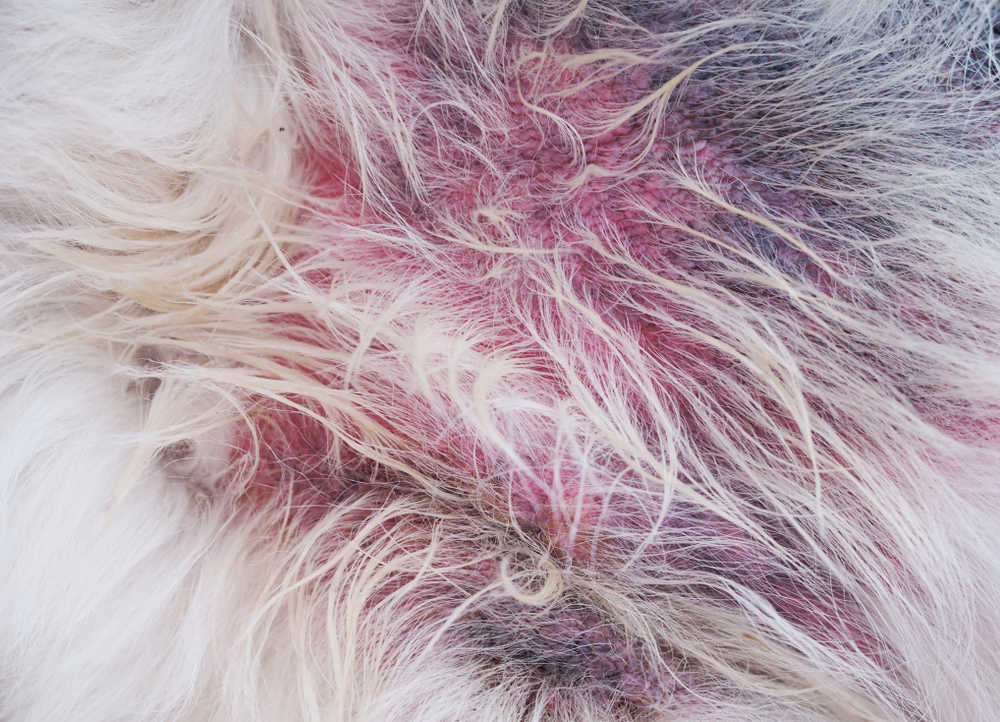Fungal infections in pets represent a significant health concern for both domestic animals and their owners. These infections are caused by various fungi that may infect the skin, ears, and other bodily systems. Understanding common fungal infections, their symptoms, and the critical nuances associated with diagnosis and treatment is vital for pet owners and veterinary practitioners alike.
The prevalence of fungal infections in pets can often be attributed to the environment, genetics, and the general health status of the animal. In this detailed exposition, we shall explore various common fungal infections in pets, particularly dogs and cats, elucidate their symptoms, and provide insights into potential treatment options.
Recognizing fungal infections is the first step toward effective management and treatment. Herein lies a discussion about some of the most prevalent fungal infections observed in household pets.
Dermatophytes: Whisking Away Healthy Skin
Dermatophytes, particularly those of the genus Microsporum and Trichophyton, are responsible for ringworm, one of the most recognized fungal infections. Contrary to its nomenclature, ringworm is not a worm but a fungal entity that affects the skin, hair, and nails of pets. The transmission often occurs through direct contact with an infected animal or environmental sources such as bedding or grooming tools.
Symptoms of dermatophytosis can manifest as circular patches of hair loss, often exhibiting scaling and crusting. The regions affected commonly include the face, ears, and limbs. Affected pets may also demonstrate pruritus, leading to excessive scratching or biting at the infected areas. The condition often requires a multifaceted approach for management, including antifungal medications and environment sanitation.
Yeast Infections: The Overreported Culprit
Candida and Malassezia are two yeast organisms frequently implicated in opportunistic infections. Unlike dermatophyte infections, yeast infections typically thrive within moist environments and may stem from underlying conditions such as allergies or hormonal imbalances. Malassezia dermatitis is more prevalent in dogs owing to their unique skin structure and oil production.
Characteristic symptoms include a distinctive musty odor, erythema, and a greasy appearance of the skin, often accompanied by significant pruritus. Affected areas may also indicate hyperpigmentation and secondary infections due to excessive scratching. Diagnosis often necessitates cytological examination to identify the yeast organisms through skin scrapings or smears.
As the treatment for yeast infections warrants a targeted approach, many cases involve the use of topical or systemic antifungal agents along with management practices to address underlying issues, such as dietary adjustments or environmental modifications.
Aspergillosis: An Insidious Respiratory Threat
Aspergillosis is predominantly caused by the fungus Aspergillus, primarily affecting the respiratory system of pets, particularly in canines. Exposure to spores is the primary route of transmission, primarily through inhalation in contaminated environments. Unlike dermatoses caused by dermatophytes or yeasts, Aspergillosis is a systemic infection that poses a severe health threat.
Symptoms often include nasal discharge, sneezing, coughing, and episodes of epistaxis (nosebleeds). In more advanced cases, weight loss and lethargy may become evident. Given the gradual progression of the disease, a timely diagnosis is crucial for effective intervention. Endoscopic examinations and biopsy are often employed to ascertain the presence of the pathogen.
Despite the intensity of treatment required for Aspergillosis—often involving potent antifungal drugs—owners should remain vigilant in observing their pets for associated signs of secondary bacterial infections.
Cryptococcosis: The Fungal Intruder
Cryptococcus neoformans is a fungus that poses a notable threat, particularly to immunocompromised animals. This pathogen may enter the pet’s body through inhalation or skin wounds, leading to systemic infections that could affect various organ systems. Feline patients are especially susceptible, often presenting with a more fulminant disease state.
The hallmark symptoms of cryptococcosis include nasal masses, facial deformity, and neurologic signs, particularly if the central nervous system is involved. Diagnosis may involve serological tests or histopathological examination, emphasizing the need for astute clinical suspicion among veterinarians.
Management of cryptococcosis typically encompasses prolonged courses of antifungal therapy; however, the prognosis remains contingent on early detection and intervention.
Prevention Methods: A Proactive Approach
Prevention remains a cornerstone in combating fungal infections in pets. Maintaining a sterile and clean environment can significantly decrease the risk of infections. Regular grooming, timely veterinary check-ups, and appropriate nutritional management can bolster overall health, thereby reducing susceptibility to such infections.
Pet owners should be vigilant regarding any unusual signs their pets may exhibit, and proactive measures should be taken to address any potential issues before they escalate. Additionally, awareness regarding the transmission of these fungal infections—both among pets and from pets to humans—should be emphasized to mitigate risks effectively.
A holistic approach to pet health culminates in the observance of both veterinary guidance and owner awareness in maintaining the overall well-being of pets. As understanding of the intricacies of fungal infections evolves through ongoing research and scientific inquiry, the best practices to ensure pet health will likewise be refined.
Ultimately, understanding fungal infections lays the groundwork for effective identification, comprehensive treatment, and ultimately, a better quality of life for pets. With vigilant care, timely veterinary assistance, and thorough management practices, the impact of these opportunistic pathogens can be significantly minimized.
In summation, as we delve deeper into the realm of veterinary mycology, equipping pet owners with knowledge about the common fungal infections and their symptoms distinctly fortifies the bridge towards a healthier, disease-free relationship between humans and their cherished animal companions.
By embracing knowledge and integrating comprehensive care strategies, both pet owners and veterinary professionals can effectively manage and mitigate the challenges posed by fungal infections, fostering an enviable quality of life for all pets involved.
